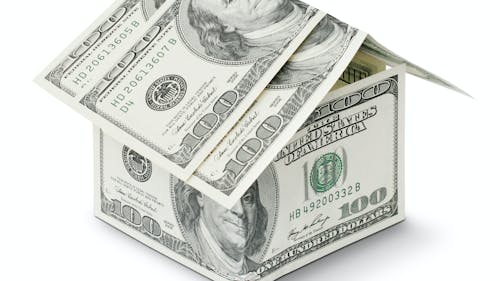SUBRAMANIAN: Ninety percent tax rate is not at all practical
Column: Whadda I Know

Many young people are appalled at the vast amount of wealth inequality present in the country. According to a poll from the Cato Institute, 52 percent of those 18 to 29 years old think that most rich people take advantage of others to get to where they are. This is coupled with far more favorable views of socialism among younger people, especially Generation Z.
Due to these views, there have been more attempts to do something, one of the most pushed proposals being higher taxes for the rich. Fiscal Conservatives often raise concerns that these tax increases can depress economic growth and disincentivize people earning more money.
The retort that often comes out of the political Left, especially those who would consider themselves more progressive, says that the U.S. once had a 90 percent income tax rate.
For example, when trying to justify the 70 percent tax rate on the wealthy, Rep. Alexandria Ocasio-Cortez (D-N.Y.), often seen as the voice of the youth in Congress, referred to the 90 percent tax rate as justification for how her policy was not outlandish.
Former Secretary of Labor and founder of Inequality Media, Robert Reich, supported tax increases on the wealthy using this statistic. But, using this statistic is simply no justification for this proposed increase.
Progressives are not wrong in saying that there was a point in U.S. history when the top marginal income tax rate was 90 percent. According to IRS data, between 1951 and 1963, the tax rate on the highest income bracket was 91 percent. This number does not paint the whole story.
During the 50s and 60s, significantly more tax deductions and loopholes in the tax code were utilized. One example of this was the oil depletion allowance. This allowed people to reduce their income tax burden by having oil drilling on their property.
Wealthy people in the 50s, mostly Hollywood entertainers, learned about this and leveraged this to pay significantly less in taxes. When factoring in all the deductions and loopholes that the wealthy used during this time, the average effective tax rate on U.S. households was closer to 42 percent. This is much closer to today’s 37 percent top federal tax rate for income than what progressives claim.
The implications of a 90 percent top tax rate would have disastrous consequences. This goes back to the concept of the Laffer Curve. This concept seeks to compare tax rates with government revenue. The curve described is concave, as having a zero percent tax rate would not generate any governmental revenue.
Thus, governments would increase the tax rate to collect more revenue. After a certain point, though, a higher tax rate could cause declines in government revenue. The debate about the peak of this curve has been heated, with Conservatives arguing that the peak is lower and Liberals arguing that it is higher.
Based on the available economic research, the general range of the peak goes from 33 percent up to 70 percent. While the range is wide, a 90 percent tax rate is out of that range. Thus it is likely that instituting one could have disastrous impacts on the U.S. economy, especially by encouraging great use of existing loopholes.
The tax system in the U.S. does need work. From the rich being able to get around taxes to the Internal Revenue Service (IRS) targeting poor people since they are unable to go after wealthy individuals, there are large gaps that need addressing. We should continue fighting for economic justice, but the arguments being made need to be productive in making said argument.
But hey, whadda I know?
Kiran Subramanian is a senior in the School of Arts and Sciences majoring in economics and political science. His column, "Whadda I Know," runs on alternate Wednesdays.
*Columns, cartoons and letters do not necessarily reflect the views of the Targum Publishing Company or its staff.
YOUR VOICE | The Daily Targum welcomes submissions from all readers. Due to space limitations in our print newspaper, letters to the editor must not exceed 900 words. Guest columns and commentaries must be between 700 and 900 words. All authors must include their name, phone number, class year and college affiliation or department to be considered for publication. Please submit via email to oped@dailytargum.com by 4 p.m. to be considered for the following day's publication. Columns, cartoons and letters do not necessarily reflect the views of the Targum Publishing Company or its staff.



